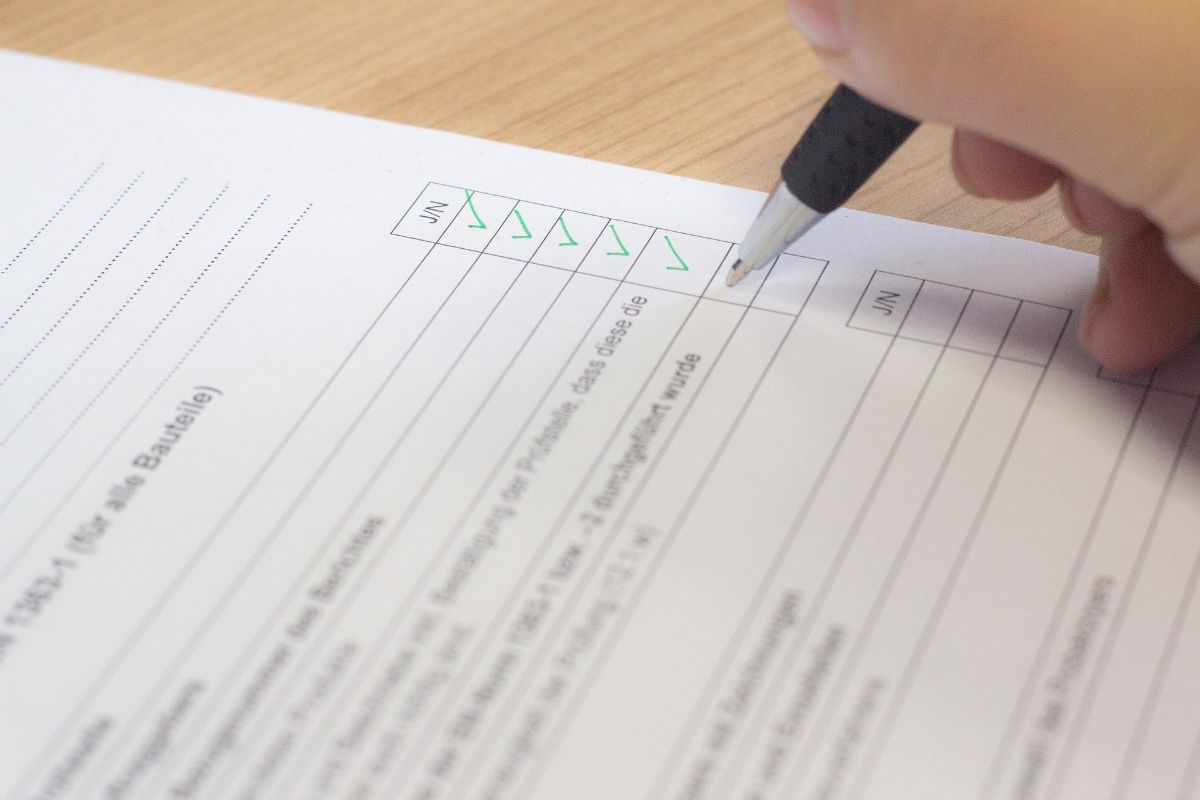
The brand is something that accompanies products, companies, businesses, etc. We can say that it is a business card for customers, past, present and future, to recognize it. But, What is a brand? What types are there? How do you do it?
If you have doubts about what defines the products and / or services that are currently on the market, if you want to know exactly its concept, what differentiates it from branding, or the existing types of brand, you have all the information you need here.
What is a brand
A brand is a distinctive seal of a product, a service, a company, a business ... In other words, we could say that it is the name by which that product is known (service, company, business ...) and by which it obtains an identity that means that, when it is named, everyone knows exactly what it is. refers.
For example, Coca-Cola, Apple, Google ... Naming those words automatically leads us to think about the specific company or product.
According to American Marketing Association, a brand is "a name, a term, a sign, a symbol, a design, or a combination of any of them that identifies products and services of a company and differentiates them from competitors." Very similar is the definition given by the Spanish office of the patents and brand which says that the trademark is "the sign that distinguishes the products or services of a company in the market, be it of an individual or social nature."
However, these concepts are somewhat out of date with the present (and with the future), because the brand itself has become a strategic tool to identify and guarantee a good relationship with consumers. For example, imagine a soda called Doctor Joe. It is a name that can be a brand. But this is not only in naming that product, but its objective is to differentiate itself from the competition, individualize, identify and be remembered by consumers.
Everything related to these is regulated by Law 17/2001, of December 7, on Trademarks, which contains all the requirements that a brand must meet and other important aspects about them.
Brand and branding, is it the same?

For some time now, the term branding is heard more and more related to companies and, on many occasions, confusing what a brand is with what branding is. Because no, both terms do not refer to the same thing.
While a brand is a name, or a way of referring to a product, service, store, etc .; in the case of branding we are talking about a series of actions that are carried out to create a brand 'of value'. In other words, create a representative name that identifies that good or service and that, at the same time, has an associated value (connect with consumers, motivate them, generate a reaction or simply recognition).
Types of marks

We can distinguish different types of brands today.
According to the Spanish Patent and Trademark Office, in addition to the individual trademark, there are two more types of trademark:
- Collective brand. It is "one that serves to distinguish in the market the products or services of the members of an association of manufacturers, traders or service providers. The owner of this trademark is said association.
- Guarantee mark. It is "one that guarantees or certifies that the products or services to which it is applied meet common requirements, especially with regard to their quality, components, geographical origin, technical conditions, way of making the product, etc." This trademark may not be used by its owner, but by third parties whom he authorizes, after controlling and evaluating that the products or services of this third party meet the requirements that said trademark guarantees or certifies. "
However, we can also find other types of brands, such as:
- Word marks. They are made up of letters and numbers.
- Graphic marks. Those that only consist of graphic elements, such as logos, images, illustrations, drawings, symbols, icons, etc.
- Mixed brands. They are a mixture of the previous two in such a way that the visual part (graphics) is combined with the textual part (the word).
- Three-dimensional marks. They are characterized because part of their elements define them in their identity. An example might be Toblerone, whose pyramid-shaped wrapper is distinctive.
- Sound marks. They are those that are related to sounds.
How to apply for a trademark

Naming a product, service ... is not as easy as you think, since the best thing, so that no one steals that "identification" is to register it. But Before doing so, you should carry out a series of actions, as they are:
- Choose the brand, that is, decide what the name of that brand is going to be. In this sense, the Spanish Patent and Trademark Office recommends that it be euphonic, that is, not difficult to pronounce or profane; and easy to remember.
- Avoid legal registration prohibitions. In this case, there are names, or requirements that must be met and that are in the Trademark Law in articles 5 to 10.
Once you make sure that the name chosen is correct and that it complies with current legislation, you will be able to register the trademark. For this, it is done through the Spanish Patent and Trademark Office. This procedure can be carried out online or in person. If you do it the first way you will get a 15% discount.
As for the price, if the brand is first class, it would be necessary to pay (data from 2022) 150,45 euros (127,88 euros in case of making the procedure and electronic payment).
Any person, whether physical or legal, can request the registration of a trademark. It will already depend on the use that you are going to give this and the needs that you have since there is not only the national registry but also the international one whose process is longer but allows you to maintain the authorship of that mark for a certain time.
And it is that the registration of a trademark is not forever but it has to be renewed, and therefore pay again, every 10 years.
As you can see, knowing what a trademark is is something easy, although the procedure to register one involves an outlay that not many manage to do, at least during the first years of the life of that product, service, or company.